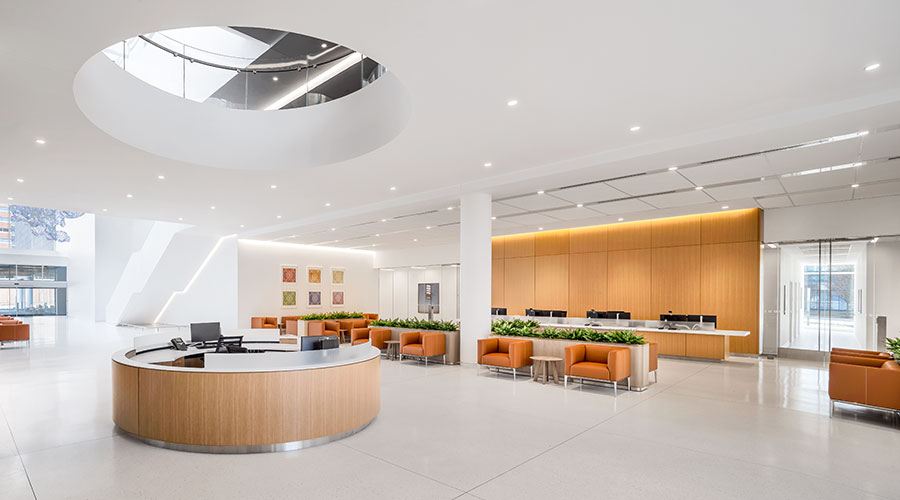Fact 1: As per the latest data made available by the Office for Civil Rights for HHS, more than 208,000 privacy-related complaints have been made in the last 16 years.
Fact 2: If a hospital makes a call to a patient to remind them of their upcoming appointment, they might receive a class action complaint about violating the Telephone Consumer Protection Act.
While these two facts may not necessarily be related to one another, we clearly need to take a hard look at the increasing calls to protect patient privacy. But does that mean providers cannot send a text message to their patients? Certainly not!
California’s latest policy for text message technology for Medicaid plans: A case study
The 1991 Telephone Consumer Protection Act (TCPA), which was put in place to safeguard people from automated text or other telephonic messages, limits organizations from reaching out to their patients through text messages. TCPA can also levy financial penalties on organizations if they are found guilty of violating their policies. On the other hand, the Health Insurance Portability and Accountability Act of 1996, or HIPAA, require every “Covered Entity or Business Associate that comes into contact with Protected Health Information (PHI)” to follow the compliance policies, something that is accepted as a rule of thumb in the healthcare world. For any organization looking to reach out to patients remotely, both HIPAA and TCPA policies are extremely important to comprehend and follow.
In today’s context where patient engagement through text messages has emerged as one of the biggest avenues for optimizing care quality, the TCPA is losing its sheen to some extent in the healthcare domain. While no one denies the importance of TCPA, it does cause some roadblocks for organizations looking to enhance patient engagement in remote areas and population segments.
The California Department of Health Care Services (DHCS) recently issued a policy to set guidelines regarding how Medicaid plans can safely use the text messaging technology to connect with beneficiaries. This is critical since one out of three people in California are Medicaid beneficiaries.
The latest ruling allows organizations to reach out to their patients through text messaging after submitting an approval form to the concerned regulators clearly mentioning the structure as well as the intent of such reach out campaigns. They also need to create proper avenues for privacy protection and give users a clear opt-out option. However, once such campaigns are approved, the payer can then run such programs without any additional regulatory clearances. Further, such outreach messages must be made available at no cost to Medicaid members.
What can we learn from the example of DHCS?
According to a study, hospitals could reduce their discharge time by 50 percent if conducted by secure text messaging, saving healthcare facilities an average of $557,253 per year.
Secure text messaging is indeed a big deal. Make no mistakes, privacy and security should still remain the top-most priority while enabling such mechanisms, and password protection is something that we should all consider. However, in an age when we are shifting our focus on precision medicine and advanced robotic surgeries, the ability to create a secure system for text reminders should not be a big deal.
The text message service is indeed the most prevalent form of communication for Americans younger than 50, and about 80% of people state it as the preferred way of receiving notifications. The latest DHCS policy will empower payers to connect with their populations like never before, an ability that would allow them to initiative preventive care and scheduling, while ultimately reducing care and cost and improving outcomes. It can be safely assumed that the latest initiative by DHCS is a breakthrough step in this direction.
Organizations need the ability to meet their patients where they want
I remember one of my friends asking me a very simple yet important question, “If I can connect with my colleague based out of London in literally 10 seconds, why does it take my provider so long to tell me that my appointment has been canceled?” I had no answer.
We cannot expect a person whose calendar is booked for the next 10 days to walk into a clinic for a regular check-up and wait idly for a couple of hours due to inefficient scheduling practices. Worse still, imagine a situation where a person takes time out to visit a facility for their Annual Wellness Visit (AWV) only to find out that their appointment has been rescheduled for the next week.
A simple suggestion of taking aspirin as a first-aid measure in a potential case of a heart attack sent through an SMS on your way to the hospital can help a patient significantly reduce the damage. Remote patient outreach is an important prospect for today’s practices, if not a necessity. It’s really that simple - connect with your patients to know them better, to treat them better, and to make them feel better with minimum interventions. While organizations can still sustain under value-driven contracts without such streamlined patient communication mediums, we cannot keep believing that we would cross that bridge when we come to it.
The road ahead
Consumerism in healthcare was never a widely-discussed topic until very recently, however, things are changing and how! Innovating while respecting the mandates in place should be the road ahead, definitely. The government is supporting new-age initiatives, federal healthcare agencies are bringing in new policies, and large payer and provider organizations are exploring ways to maximize patient satisfaction. Examples set by organizations such as DHCS will act as an ice breaker for other agencies and organizations wanting to break free to cater to the unique needs of the 2020s.
Abhinav Shashank s CEO of Innovaccer, a Silicon -Valley based healthcare data analytics company.

 Should We Be Testing Toilet Water in Patient Restrooms?
Should We Be Testing Toilet Water in Patient Restrooms? Healthcare Union Petitions for Increased Staff Safety at HCA Florida Hospitals
Healthcare Union Petitions for Increased Staff Safety at HCA Florida Hospitals HGA Announces Completion of the Jeffrey and Patricia Cole Pavilion
HGA Announces Completion of the Jeffrey and Patricia Cole Pavilion Healthcare Facilities Look to Future-Proof Facilities
Healthcare Facilities Look to Future-Proof Facilities Yale New Haven Health Experiences Data Breach
Yale New Haven Health Experiences Data Breach